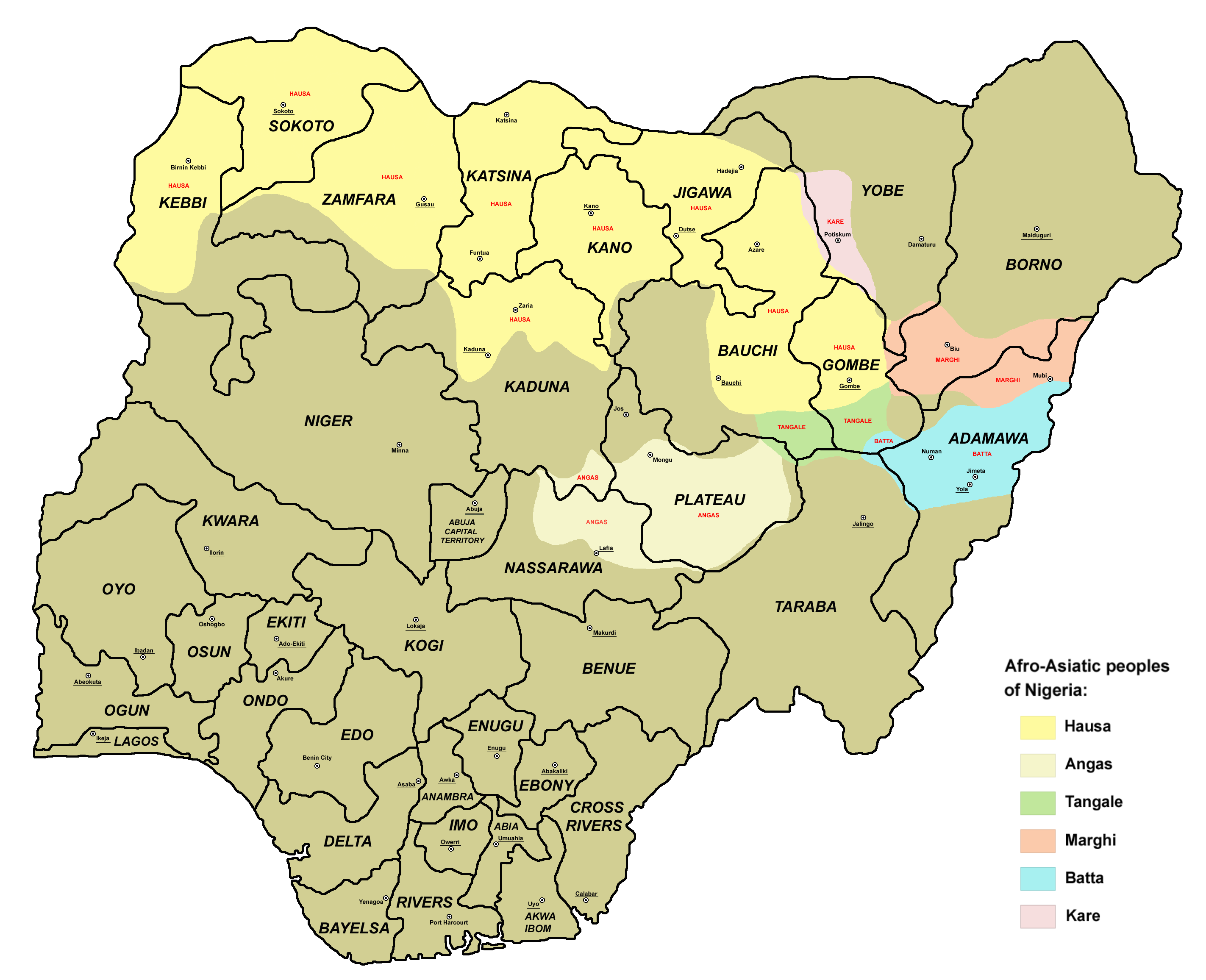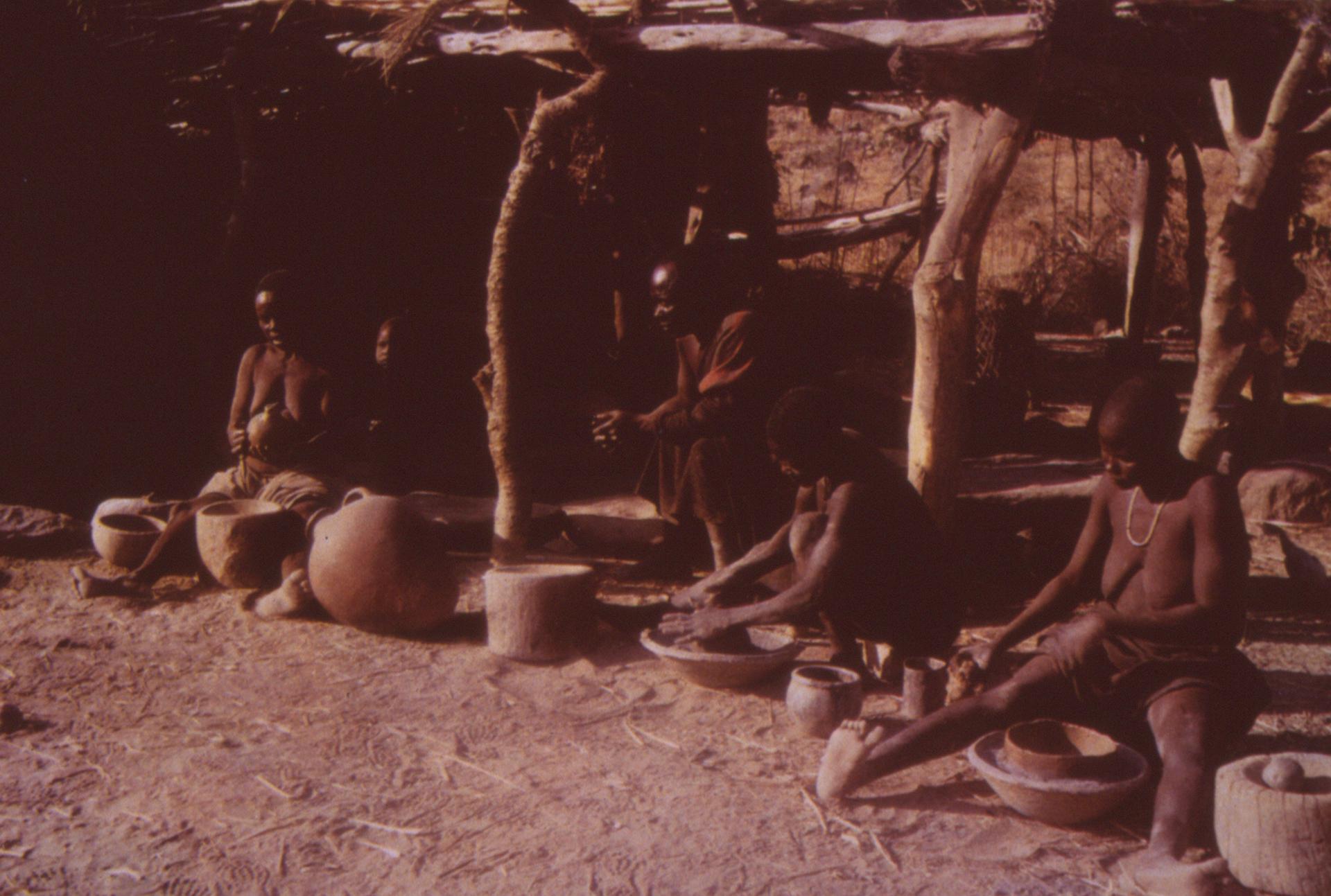|
Gawar Language
Gavar (also known as Gawar, Gouwar, Gauar, Rtchi, Kortchi, Ma-Gavar) is an Afro-Asiatic language spoken in Cameroon in the Far North Region. Gavar is spoken most of Gavar canton, through which the Mayo-Gawar River flows, and in Gadala in the southeast of Mokolo commune (Mayo-Tsanaga Mayo-Tsanaga is a department of Extreme-Nord Province in Cameroon. The department covers an area of 4,393 km and at the 2005 Census had a total population of 699,971. The capital of the department is at Mokolo. It is located within the Man ... Department, Far North Region). Notes Biu-Mandara languages Languages of Cameroon {{Cameroon-stub ... [...More Info...] [...Related Items...] OR: [Wikipedia] [Google] [Baidu] |
Gawar-Bati Language
Gawar-Bati or Narsati is an Indo-Aryan language spoken in the Chitral region of northern Pakistan, and across the border in Afghanistan. It is also known as Aranduyiwar in Chitral because it is spoken in Arandu, which is the last village in lower Chitral and is also across the border from Berkot in Afghanistan. There are about 9,000 speakers of Gawar-Bati, with 1,500 in Pakistan, and 7,500 in Afghanistan. The name ''Gawar-Bati'' means "speech of the Gawar", a people detailed by the Cacopardos in their study of the Hindu Kush. Study and classification The Gawar-Bati language has not been given serious study by linguists, except that it is mentioned by George Morgenstierne (1926) and Kendall Decker (1992). It is classified as an Indo-Aryan language The Indo-Aryan languages (or sometimes Indic languages) are a branch of the Indo-Iranian languages in the Indo-European language family. As of the early 21st century, they have more than 800 million speakers, primarily concentr ... [...More Info...] [...Related Items...] OR: [Wikipedia] [Google] [Baidu] |
Cameroon
Cameroon (; french: Cameroun, ff, Kamerun), officially the Republic of Cameroon (french: République du Cameroun, links=no), is a country in west-central Africa. It is bordered by Nigeria to the west and north; Chad to the northeast; the Central African Republic to the east; and Equatorial Guinea, Gabon and the Republic of the Congo to the south. Its coastline lies on the Bight of Biafra, part of the Gulf of Guinea and the Atlantic Ocean. Due to its strategic position at the crossroads between West Africa and Central Africa, it has been categorized as being in both camps. Its nearly 27 million people speak 250 native languages. Early inhabitants of the territory included the Sao civilisation around Lake Chad, and the Baka hunter-gatherers in the southeastern rainforest. Portuguese explorers reached the coast in the 15th century and named the area ''Rio dos Camarões'' (''Shrimp River''), which became ''Cameroon'' in English. Fulani soldiers founded the Adamawa Emirate ... [...More Info...] [...Related Items...] OR: [Wikipedia] [Google] [Baidu] |
Far North Region, Cameroon
The Far North Region, also known as the Extreme North Region (from french: Région de l'Extrême-Nord), is the northernmost constituent province of the Republic of Cameroon. It borders the North Region to the south, Chad to the east, and Nigeria to the west. The capital is Maroua. The province is one of Cameroon's most culturally diverse. Over 50 different ethnic groups populate the area, including the Shuwa Arabs, Fulani, and Kapsiki. Most inhabitants speak the Fulani language Fulfulde, Chadian Arabic, and French. Geography Land Sedimentary rock such as alluvium, clay, limestone, and sandstone forms the greatest share of the Far North's geology. These deposits follow the province's rivers, such as the Logone and Mayo Tsanaga, as they empty into Lake Chad to the north. At the province's south, a band of granite separates the sedimentary area from a zone of metamorphic rock to the southwest. This latter region includes deposits of gneiss, mica, and schists. The Rhumsiki V ... [...More Info...] [...Related Items...] OR: [Wikipedia] [Google] [Baidu] |
Chadic Languages
The Chadic languages form a branch of the Afroasiatic language family. They are spoken in parts of the Sahel. They include 150 languages spoken across northern Nigeria, southern Niger, southern Chad, the Central African Republic, and northern Cameroon. The most widely spoken Chadic language is Hausa, a ''lingua franca'' of much of inland Eastern West Africa. Composition Paul Newman (1977) classified the languages into the four groups which have been accepted in all subsequent literature. Further subbranching, however, has not been as robust; Roger Blench(2006), for example, only accepts the A/B bifurcation of East Chadic. Kujargé has been added from Blench (2008), who suggests Kujargé may have split off before the breakup of Proto-Chadic and then subsequently became influenced by East Chadic. Subsequent work by Joseph Lovestrand argues strongly that Kujarge is a valid member of East Chadic. The placing of Luri as a primary split of West Chadic is erroneous. Bernard Caron (200 ... [...More Info...] [...Related Items...] OR: [Wikipedia] [Google] [Baidu] |
Biu–Mandara Languages
The Biu–Mandara or Central Chadic languages of the Afro-Asiatic family are spoken in Nigeria, Chad and Cameroon. A reconstruction of Proto-Central Chadic has been proposed by Gravina (2014). Languages Gravina (2014) Gravina (2014) classifies Central Chadic as follows, as part of a reconstruction of the proto-language. Letters and numbers in parentheses correspond to branches in previous classifications. The greatest changes are breaking up and reassigning the languages of the old Mafa branch (A.5) and Mandage (Kotoko) branch (B.1). *South **South ***Bata (A.8) ****Bata Proper: Bacama, Bata, Fali, Gude, Gudu, Holma (†), Jimi, Ngwaba (from A.1 Tera), Nzanyi, Sharwa ****Tsuvan: Tsuvan, Zizilivakan ***Daba (A.7) ****Daba Proper: Daba, Mazagway Hidi ****Mina: Mina, Mbudum ****Buwal: Buwal, Gavar ***Mafa (= South A.5 Mafa (d)): Mafa, Mefele, Cuvok ***Tera (A.1): ****East Tera: Boga, Ga'anda, Hwana ****(West Tera): Jara, Tera *** Sukur (A.6) *Hurza **Hurza (fr ... [...More Info...] [...Related Items...] OR: [Wikipedia] [Google] [Baidu] |
Afroasiatic Languages
The Afroasiatic languages (or Afro-Asiatic), also known as Hamito-Semitic, or Semito-Hamitic, and sometimes also as Afrasian, Erythraean or Lisramic, are a language family of about 300 languages that are spoken predominantly in the geographic subregions of Western Asia, North Africa, the Horn of Africa, and parts of the Sahara/Sahel. With the exception of its Semitic branch, all branches of the Afroasiatic family are exclusively native to the African continent. Afroasiatic languages have over 500 million native speakers, which is the fourth-largest number of native speakers of any language family (after Indo-European, Sino-Tibetan, and Niger–Congo). The phylum has six branches: Berber, Chadic, Cushitic, Egyptian, Semitic, and Omotic. The most widely spoken modern Afroasiatic language or dialect continuum by far is Arabic, a ''de facto'' group of distinct language varieties within the Semitic branch. The languages that evolved from Proto-Arabic have around 313 million na ... [...More Info...] [...Related Items...] OR: [Wikipedia] [Google] [Baidu] |
Gadala
Gadala is a part of Rajahmundry Municipal Corporation in East Godavari district of the Indian state of Andhra Pradesh. It was merged into the corporation on 18 March 2013, alongside 21 panchayats The Panchayat raj is a political system, originating from the Indian subcontinent, found mainly in India, Pakistan, Bangladesh, Sri Lanka, and Nepal. It is the oldest system of local government in the Indian subcontinent, and historical menti .... References Rajahmundry {{EastGodavari-geo-stub ... [...More Info...] [...Related Items...] OR: [Wikipedia] [Google] [Baidu] |
Mokolo
Mokolo is the departmental capital and largest city of the Mayo-Tsanaga department, in the Far North Province of Cameroon. It is the fourth largest city in the Far North Province, after Maroua, Yagoua, and Kousséri. It is located in the Mandara Mountains that run along the Cameroonian-Nigerian border. History and Culture Fulbé (also known as Fulani) and Mafa peoples dominate the Mokolo area. Historically, the Mafa were the original inhabitants. When the Fulbé came through the area, many of the Mafa dispersed into the surrounding Mandara Mountains. The Mafa are also known as the Matakam, a name given by the Fulbé, meaning “well-dressed.” In 1916 Mokolo was subordinate to Madagali, a Nigerian town, and was ruled from there. Mokolo was centrally located along a well-traveled trade route. The Guiziga and Fulbé peoples living near Maroua traded salt and natron with the Mafa living further West, who provided red earth and herbs, used for dyeing cloth. In roughly 1947 the ... [...More Info...] [...Related Items...] OR: [Wikipedia] [Google] [Baidu] |
Mayo-Tsanaga
Mayo-Tsanaga is a department of Extreme-Nord Province in Cameroon. The department covers an area of 4,393 km and at the 2005 Census had a total population of 699,971. The capital of the department is at Mokolo. It is located within the Mandara Mountains, on the border with Nigeria. Subdivisions The department is divided administratively into 7 communes and in turn into villages. Communes * Bourrha * Hina * Koza * Mogodé * Mokolo Mokolo is the departmental capital and largest city of the Mayo-Tsanaga department, in the Far North Province of Cameroon. It is the fourth largest city in the Far North Province, after Maroua, Yagoua, and Kousséri. It is located in the Manda ... * Mozogo * Souledé-Roua Gallery File:Mandara Mountains - panoramio (1).jpg, Mandara Mountains File:Mandara Mountains - panoramio (2).jpg, Mandara Mountains File:Mandara Mountains - panoramio.jpg, Mandara Mountains References Departments of Cameroon Far North Region (Cameroon) ... [...More Info...] [...Related Items...] OR: [Wikipedia] [Google] [Baidu] |




